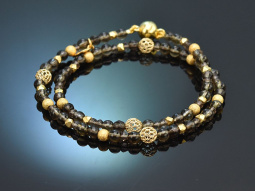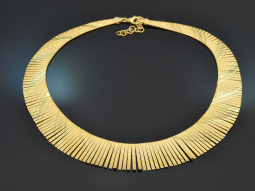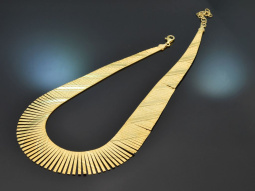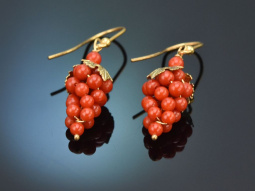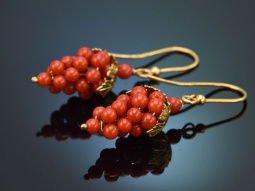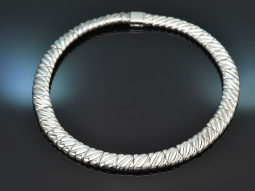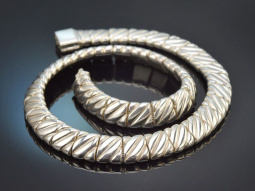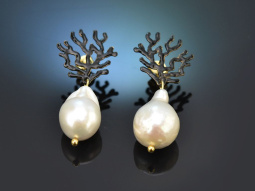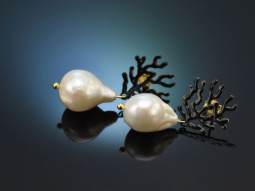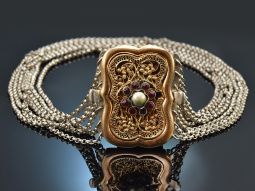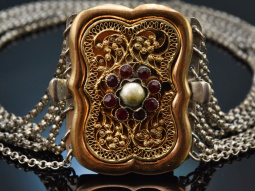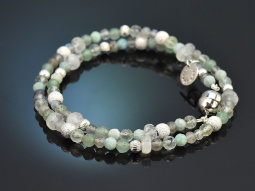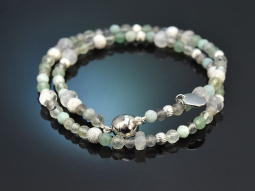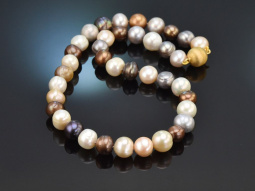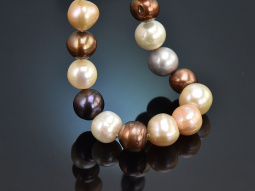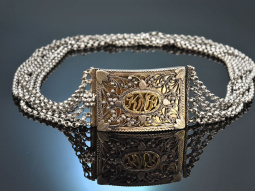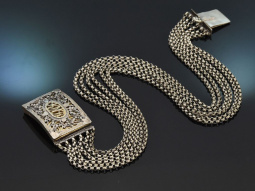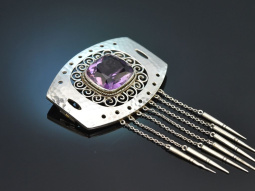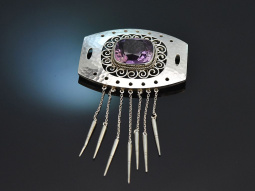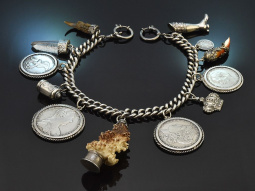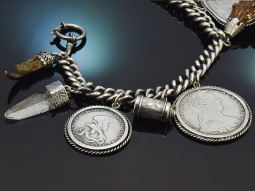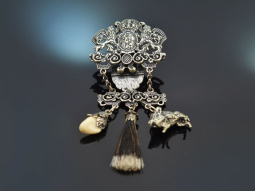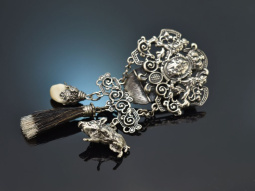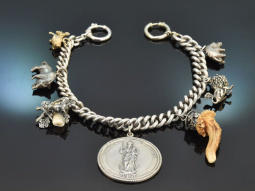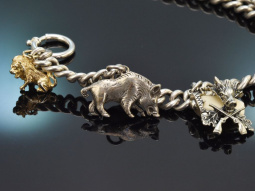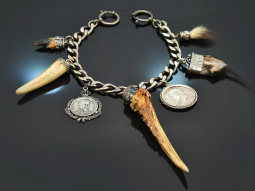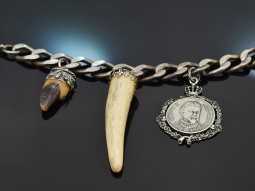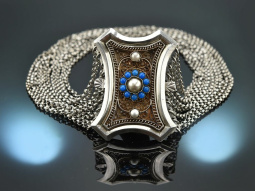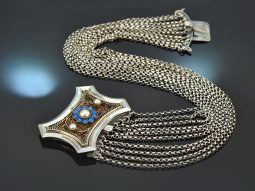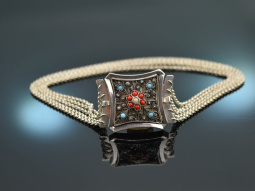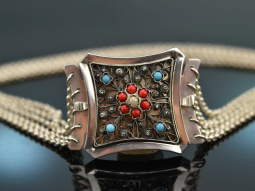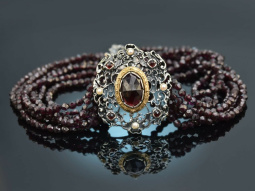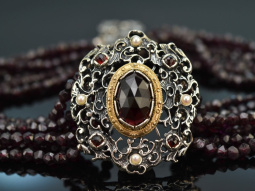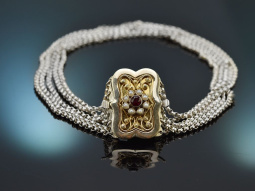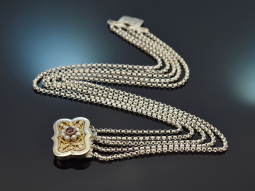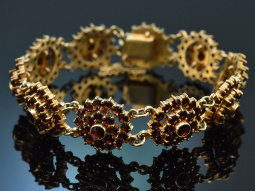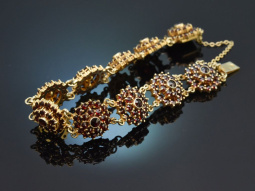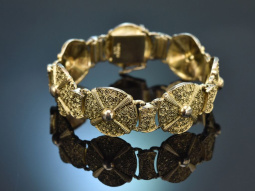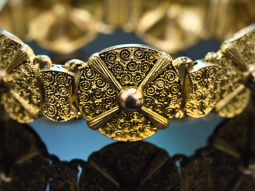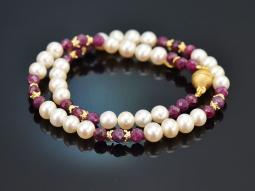Silver
Silver is a precious metal and has been used in jewellery production for thousands of years. It is characterised by its corrosion resistance, shine and excellent processing properties. Silver jewellery is therefore not only of aesthetic quality, it can also look back on a rich history. Learn more »
A brief history of silver
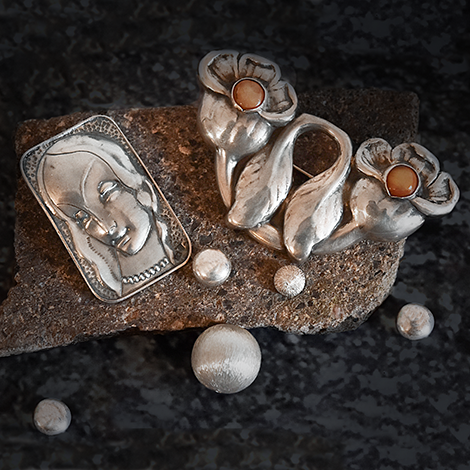
The use of silver dates back to ancient times. Archaeological finds prove that silver was already being processed in Mesopotamia and Egypt around 3000 BC. The ancient Egyptians valued the metal for its rarity and beauty and used it for jewellery, religious artefacts and as a means of payment.
In the Middle Ages, silver processing experienced a golden age. Craftsmen and blacksmiths from different countries developed new jewellery-making techniques, including the art of engraving and the production of filigree work. During this time, silver earrings, as well as silver necklaces, pendants and brooches, often decorated with precious stones or elaborate patterns, became popular.
Silver in the modern age
With the discovery of new silver deposits on the American continent in the 16th century, the availability of the metal increased considerably. This led to an increasing spread of silver jewellery worldwide in the coming centuries.
In the 19th century, the industrial revolution led to a change in jewellery production. Mass production techniques made it possible to manufacture silver jewellery at more affordable prices, which in turn meant that silver bracelets, for example, became accessible to a wider section of the population.
Modern jewellery production

Modern jewellery is usually made from sterling silver 925. This is an alloy of 92.5% fine silver and 7.5% other metals such as copper. This ratio offers the best conditions in terms of strength and oxidation resistance. Silver jewellery also offers a cheaper yet high-quality alternative to classic gold jewellery.
The appeal of silver hallmarks
Country-specific alloy hallmarks, which have been established over centuries, are a particular attraction of vintage and antique jewellery, as they not only provide information about the fineness, they also sometimes indicate the country of manufacture or the year of origin.
Our tip: Take a closer look at the stamps (hallmarks) on our jewellery items. From the English walking lion to the Austrian hoopoe, there are all sorts of interesting things to discover here!
